One of the most frequently asked questions posed to trainers is, “How often should I work out?” Though there is no one-size-fits-all answer, there are several things to consider to help you decide what works best for you.
The answer to the question of exercise frequency depends greatly on who is asking the question and that person’s objectives. Expect different advice for someone physically fit than for an individual not engaged in any exercise routine. Research results show that sedentary and unfit adults willing to adopt a walking regimen for a cumulative amount of 30 minutes per day, or an activity that burns energy at a comparable level, would receive clinically significant health benefits.
Strength training
To build muscle, the rule of thumb is to give the body an opportunity to rest by avoiding strength training on two consecutive days. Strength training involves repetitive, forceful muscular actions to increase the diameter of muscle fiber. In turn, this raises the capacity for more forceful contractions. However, exercise-induced muscle damage results in soreness for 12 to 48 hours afterwards. During the recovery period, new areas of the muscle fiber membrane are formed to replace the torn membrane, and then more muscle proteins are created in the cells of the muscle fibers. This is the process that produces muscle strength, and recovery is part of that process.
Therefore, for bulking up, it is recommended to allow 24 to 48 hours in between these training sessions. Of course, diet is a critical contributing factor as well. Be sure to consume the proper amount of protein to feed your muscles, especially during the recovery period. The recommended protein intake is 10% to 35% of total calories per day.
However, if strength training is your passion, and you crave it every day, then perform upper body training one day and lower body training the next. By alternating in this way, you can avoid the fatigue that comes with working the same muscle groups every day.
Cardiovascular exercise
If you intend to reduce body fat and get lean, daily aerobics can kick-start your plan. Some people attempt to achieve these goals through diet alone with the result being loss of lean muscle tissue along with fat tissue. Combining a nutrient-rich diet with aerobics is ideal, not only for weight loss but for body composition.
A minimum duration of 30 minutes is recommended and, unlike strength training, can be done daily; 60 to 90 minutes is even better if that is feasible for your lifestyle. Identify an activity you would enjoy doing every day, or mix it up for variety. Walk, jump rope, swim, bike, jog, run, or take a spin class. Whichever you choose, the idea is to sustain the activity long enough to draw on your fat reserve for energy while increasing your oxygen intake. Aerobics are about improving the body’s efficiency to take in oxygen, which conditions the heart and lungs. Perquisites include less stress and more self-esteem.
Exercise routine alternatives
Some find success and easier adaptability when alternating muscle strength and cardiovascular exercise; the every-other-day formula. That would address muscle recovery and supplement aerobics with activity that further builds lean muscle tissue.
Another approach is to conjoin aerobics and resistance training in one session. This can be accomplished by using resistance bands or holding weights while walking, or doing sprints with intermittent breaks for jumping jacks and lunges.
If you belong to a fitness center, there may be a personal trainer on staff who can customize a program for you. A trainer will most likely tell you that mixing up your exercises is great for the body. The human body is such an efficient machine that it gets used to a certain routine, and the benefits reaped initially tend to subside. A variety of exercises is generally recommended to avoid progress getting stalled. Many fitness experts suggest taking a break from all exercise one day per week.
Exercise just for fun
Some people who ask the question of how often they should work out are less concerned with building muscle or losing weight than they are about simply understanding how to maintain stamina and good health. In that case, experiment with different activities to identify your personal source of enjoyment. This may take the shape of a self-discovery process, the first step being to recognize your social or solitary preferences. Those with a social inclination may seek out a walking companion, sign up for dance classes or find a bike group. People who desire solitude may take up jogging, swimming or download videos to exercise at home. We naturally tend to do more of what we enjoy. So after pinpointing the desired activity, frequency and duration will evolve organically.
Consistency is key
The amount, intensity and type of workout is irrelevant if it doesn’t happen. The absence of consistency easily undermines the best of intentions. For some people, the solution is to work out daily even if workouts on some days are shorter in duration and lower in intensity than others. It establishes a mindset and removes the tendency of waffling back and forth with procrastination.
Find a way to stay consistent whether it means following a daily practice, maintaining a log or finding a workout buddy. Experiment with different approaches. Then do what works for you.
Follow us on Facebook for more fitness ideas.
The post How Often Should I Work Out? appeared first on Gaspari Nutrition.










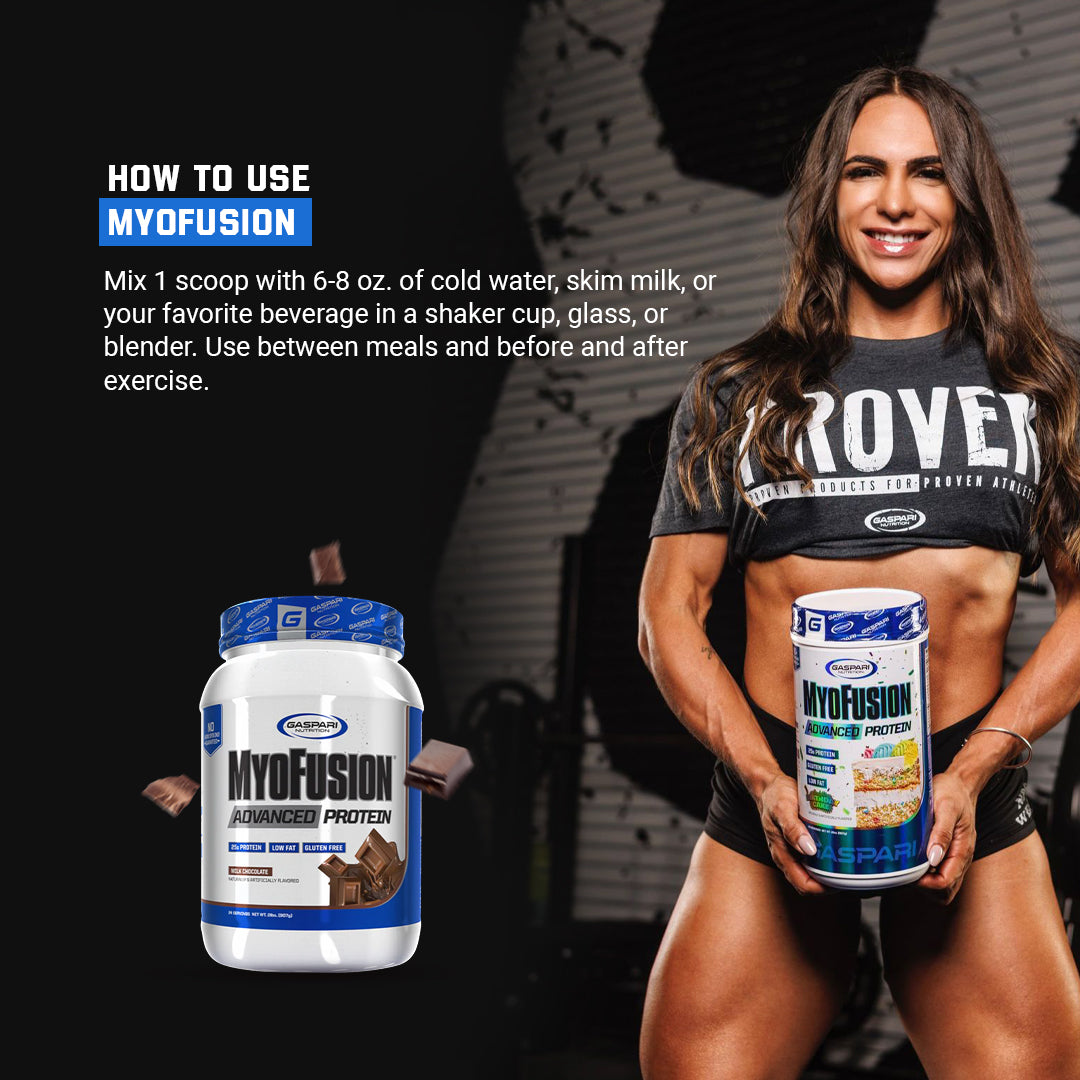





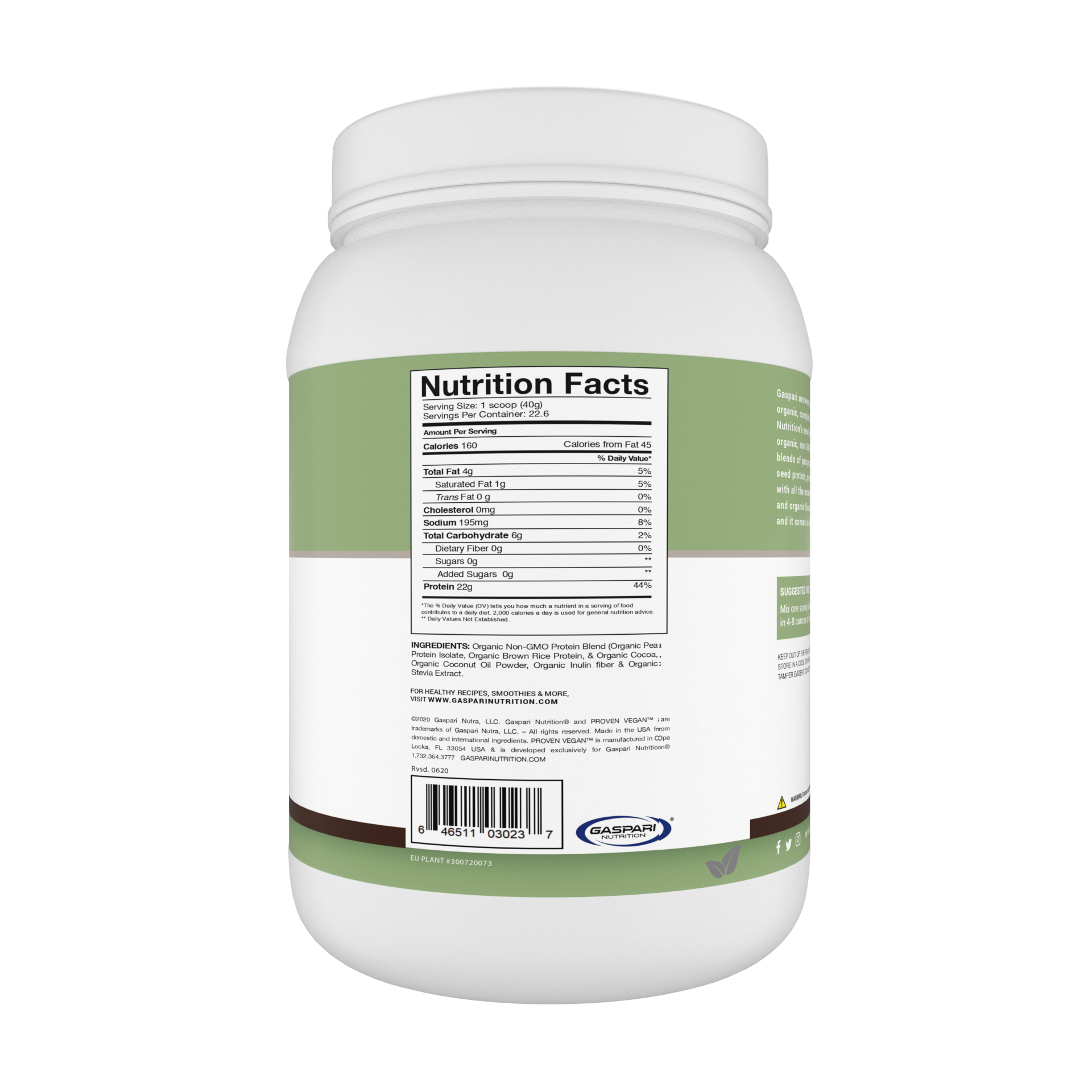






















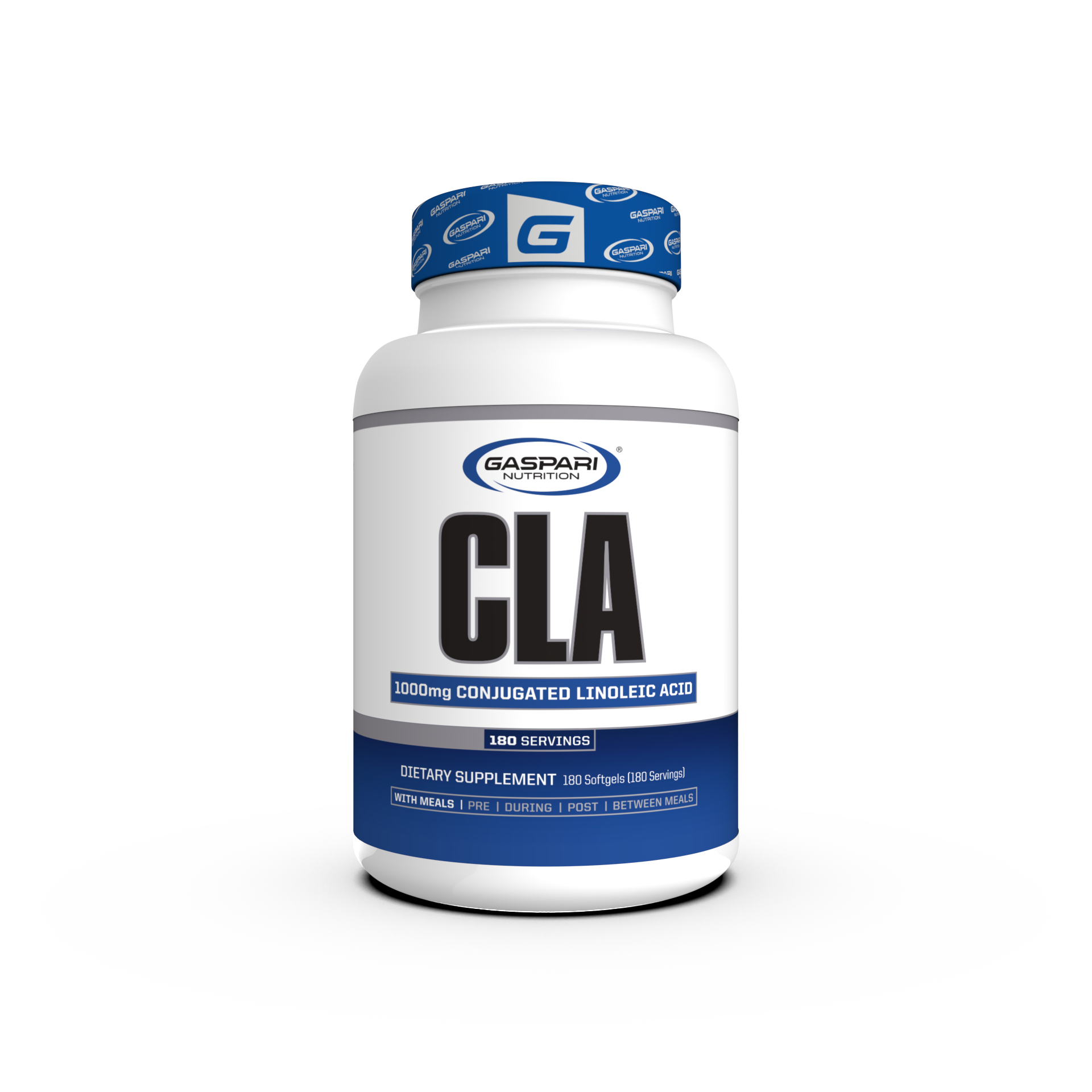

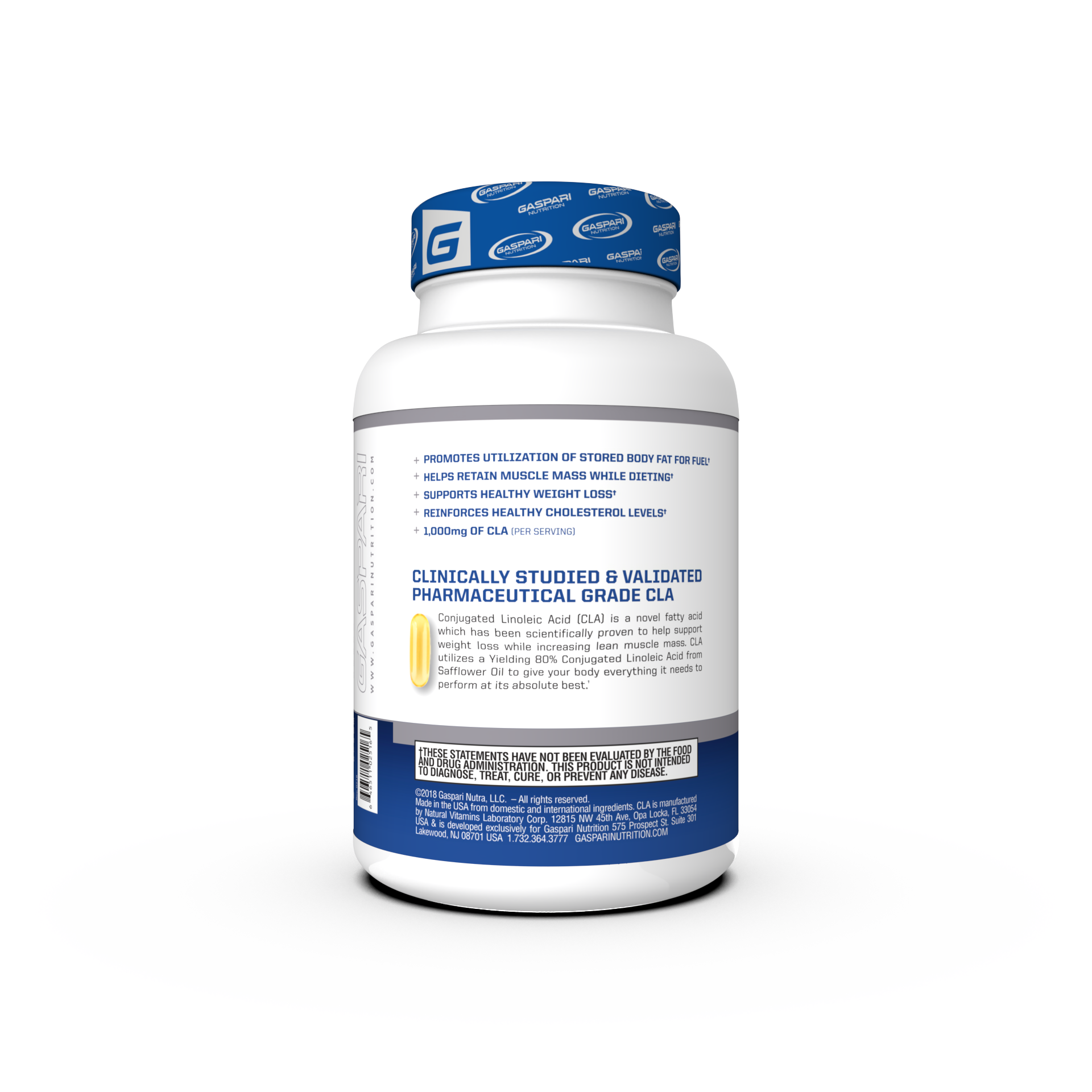



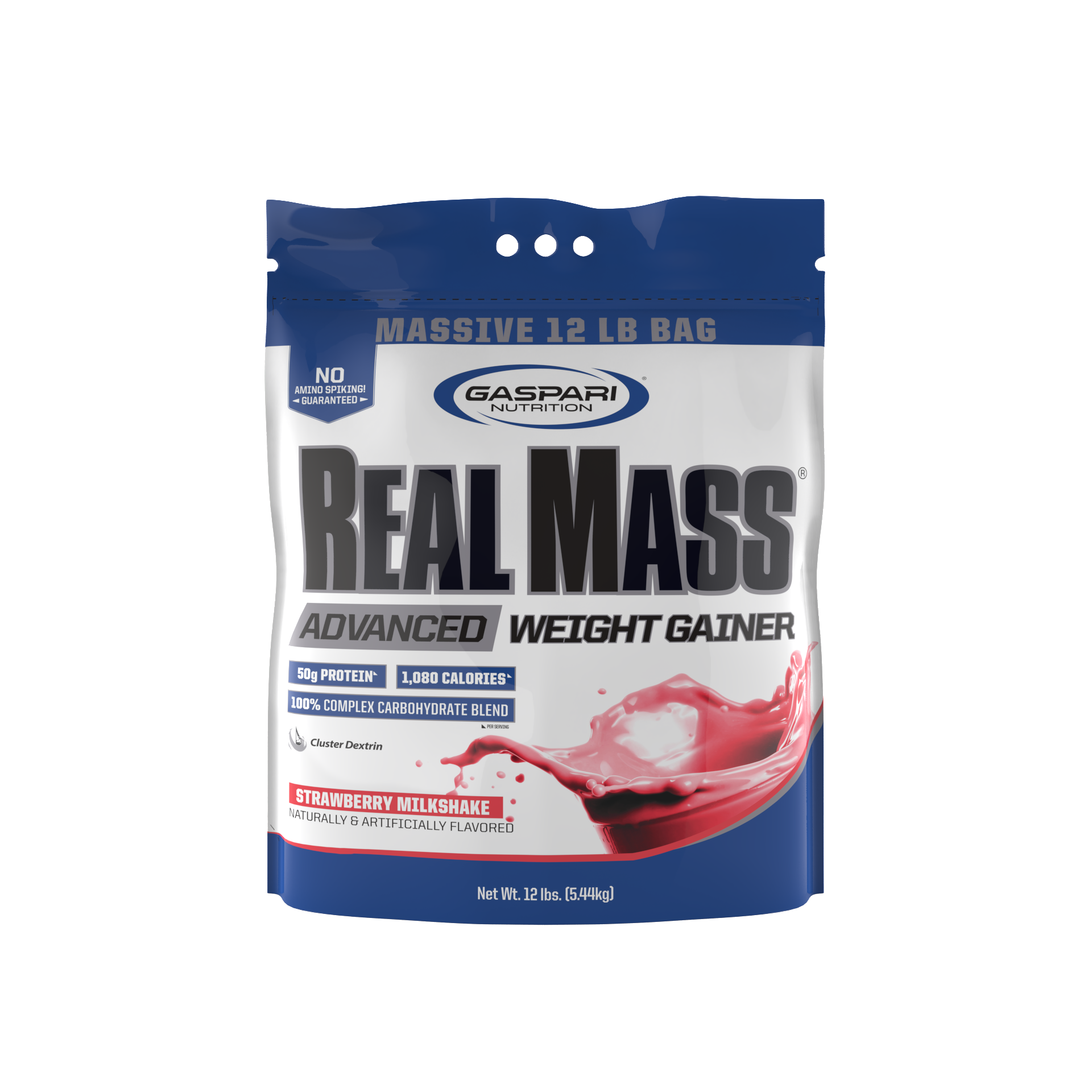

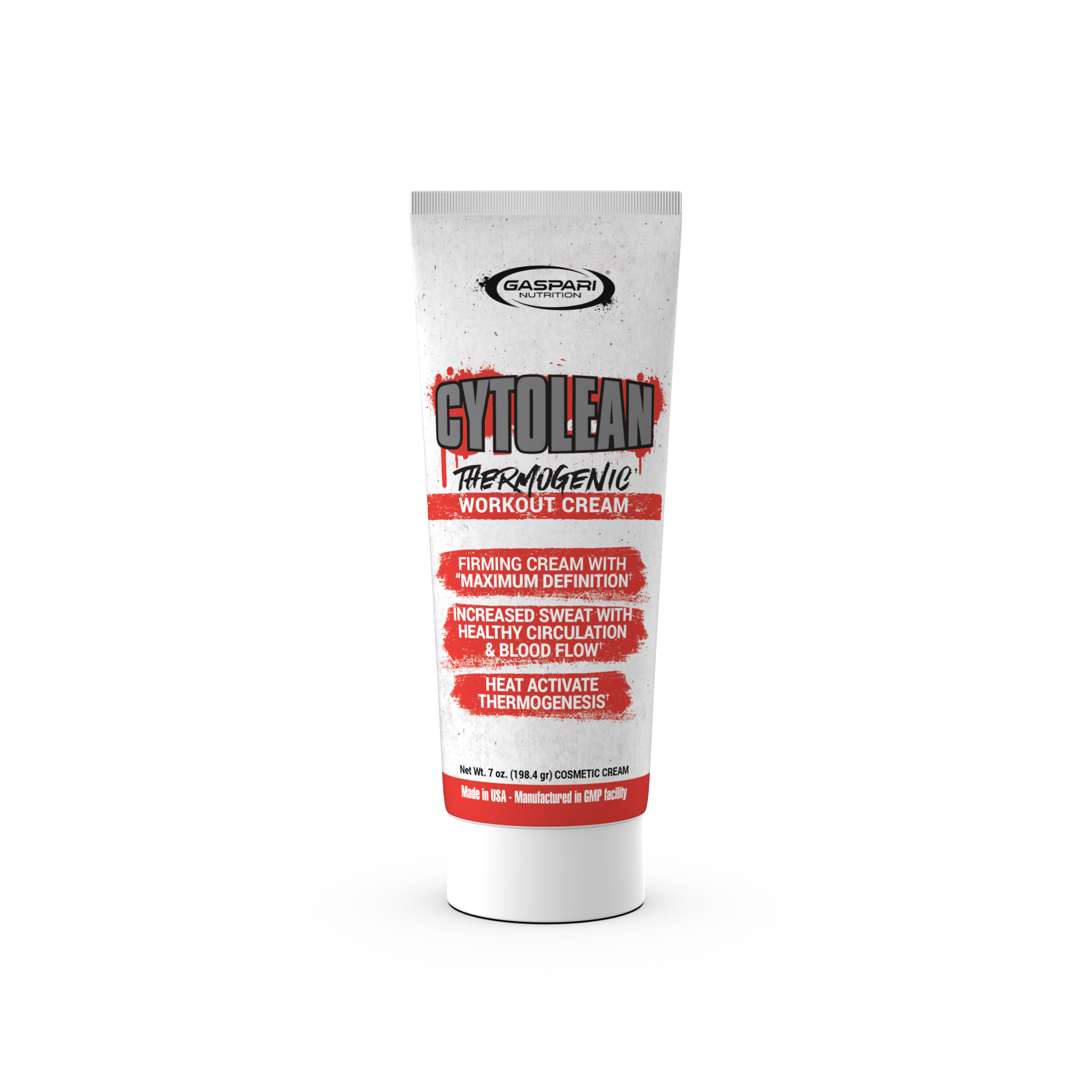








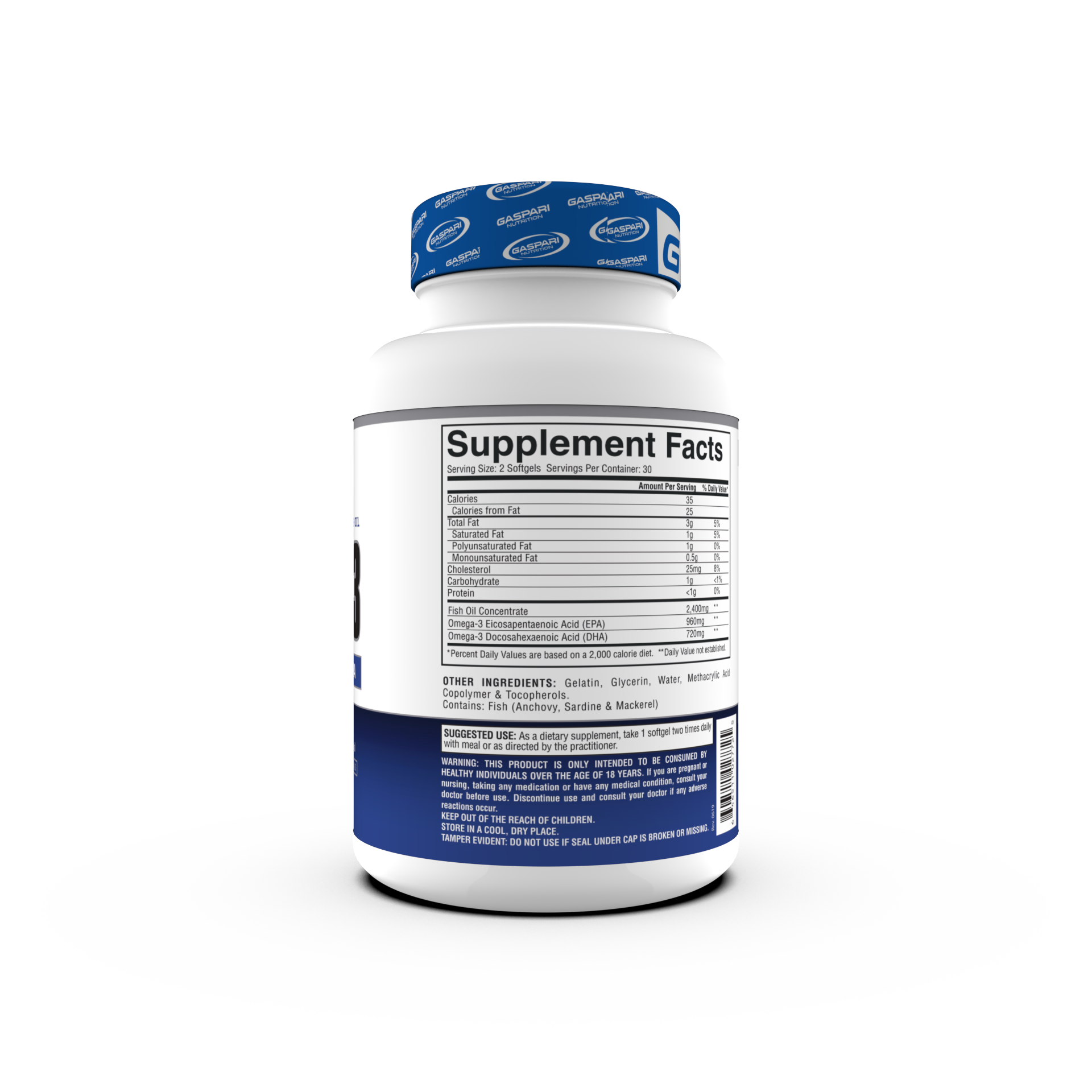
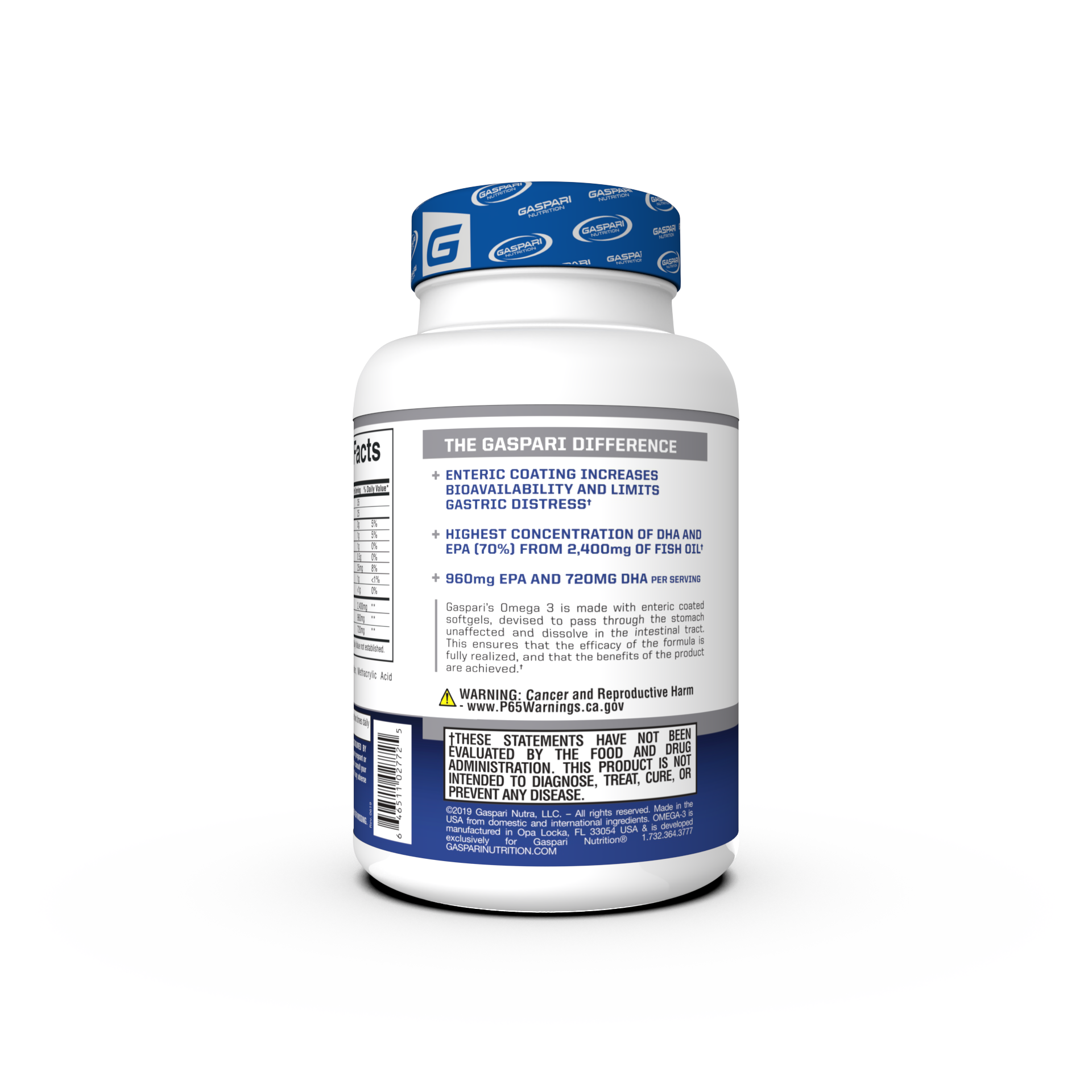









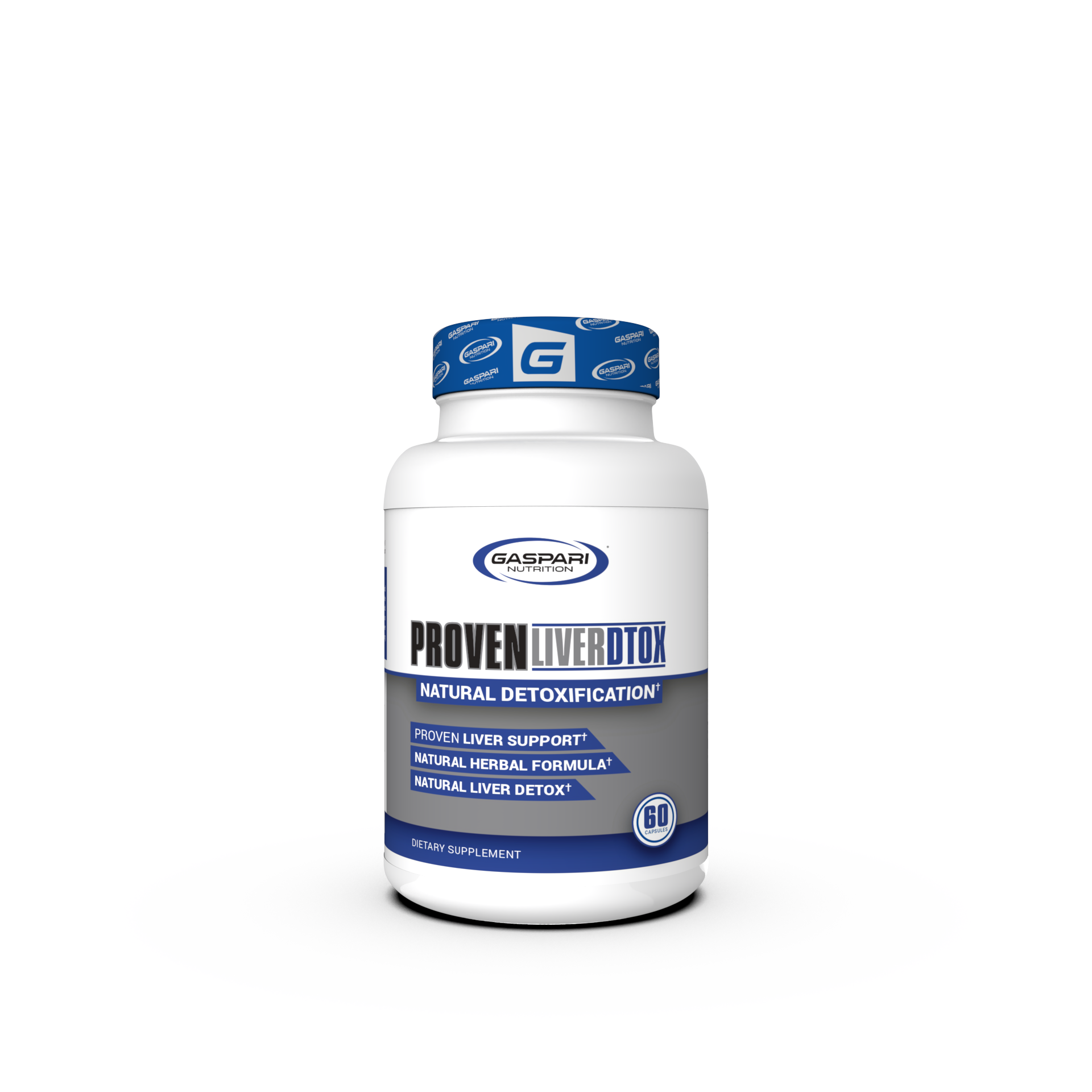

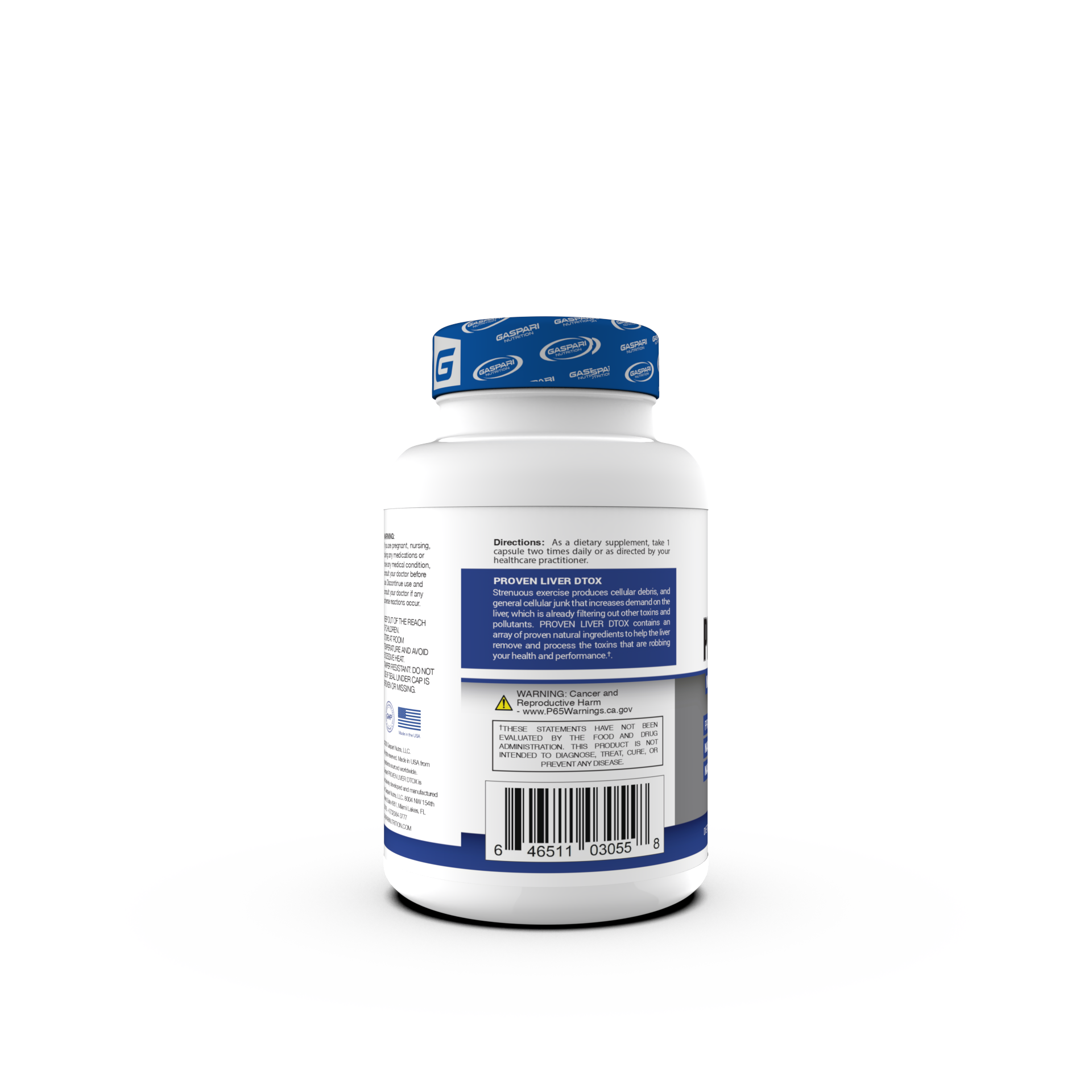

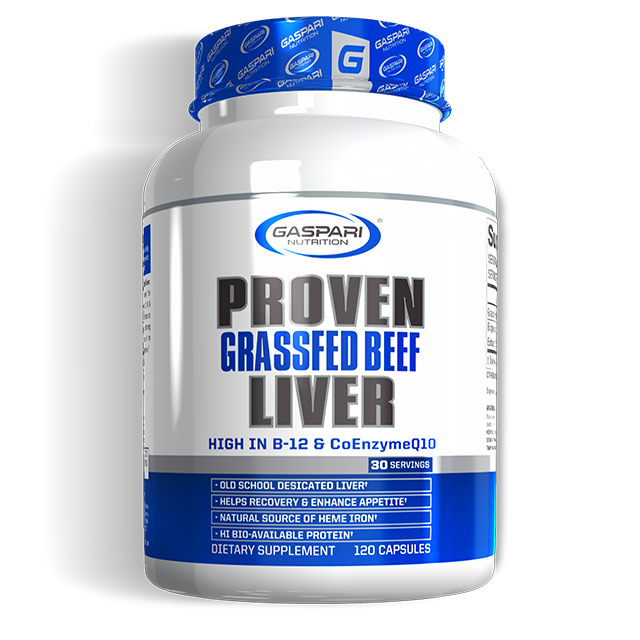





Share:
Should You Bench Press with a Smith Machine or a Barbell?
What Are Fast- and Slow-Twitch Muscles?